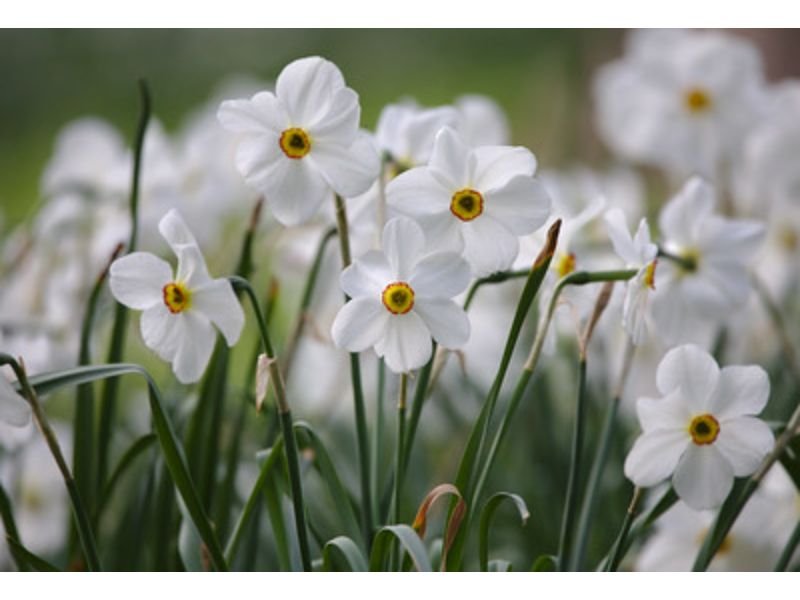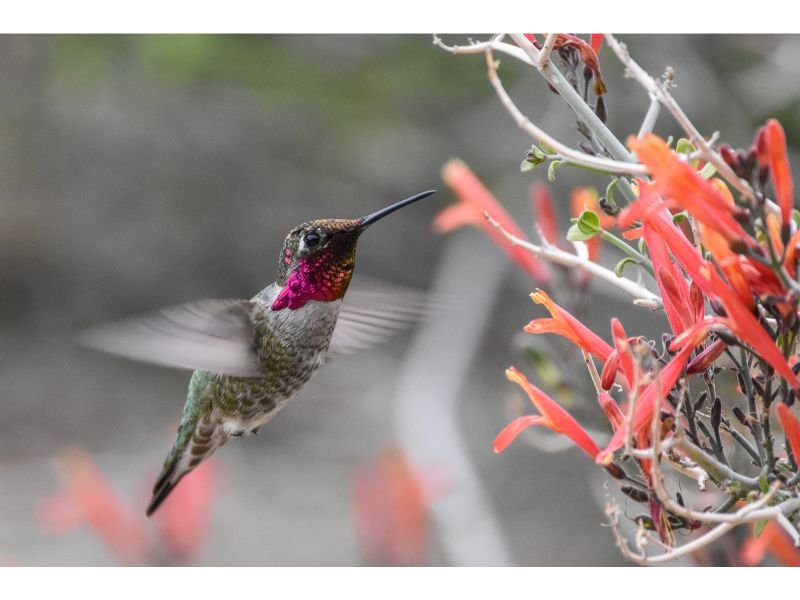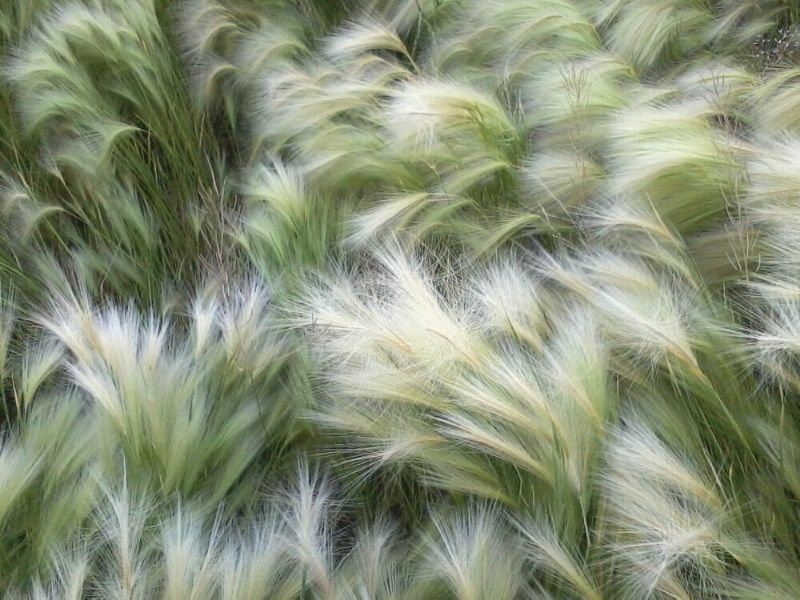Anemone frilly knickers are stunning and unique anemone variety that looks somewhat similar to peonies. Although generally known as a non-demanding flower, to keep their delicate blooms looking the best, proper flower care is indeed essential. In this section, we’ve gathered all the necessities anemone frilly knickers need to thrive, so put on your green thumb and get ready to learn!

Table of Contents
Anemone Frilly Knickers Botanical Facts
Common Name(s): Frilly knickers anemone, frilly knickers plant
Scientific Name: Anemone x hybrida ‘Frilly Knickers’
Family: Ranunculaceae
Plant Type: Perennial
Country of Origin: Eastern Mediterranean (plant parents)
Natural Habitat: Open meadows, rocky hillsides, fields
Size: About 24 to 28 inches (60 to 72 centimeters tall) and 18 inches (45 centimeters) wide
Toxicity Level: Mildly poisonous if large quantities are eaten
Color(s): White with purple hue, pinkish-white
What’s Noteworthy About Frilly Knickers Anemone?
We might all agree that what makes frilly knicker plants charming is their ruffled blooms, which look like a cross between peony and daisy! Not only that, this anemone variety is also known for being easy to take care of and great for beginner gardeners, while providing stunning blooms for next seasons to come.
Foliage and Blooms Appearance
Anemone frilly knickers boast impressive leaves and flowers. The foliage is 3-lobed and palmate with medium to dark green. The blooms are ruffled, soft, and with a double set of petals on each. Frilly knickers’ blooms can either be pure white, white with purple hints, or pinkish-white, with a contrasting center made of yellowish-green and bright yellow stamens.
Size and Growth
Anemone frilly knickers is a compact-sized flowering perennial that is packed with medium to fast-growing tendency. As they grow, this plant forms clumps of foliage first that can be made as ground cover or border plant. To add, the frilly knickers plant also has a fibrous, relatively shallow root system that makes them an easy plant to transplant and divide.
Can Frilly Knickers Plant Cause Toxicity?
Anemone frilly knickers can be mildly toxic, especially if you come into contact with the plant’s sap or if they’re consumed in large amounts, due to the possible presence of protoanemonin. So, it’s always a good idea to wear gloves and directly wash your hands after handling this gorgeous plant, moreover if you have sensitive skin.
How Does Anemone Frilly Knickers Smell?
Frilly knickers anemone is a marvelous flowering plant, but don’t expect any fragrant scents from this plant. This plant does not have a strong aroma but does have an appearance that is sure to catch the attention and brighten up any space.
Anemone Frilly Knickers Growing Necessities

Light
Frilly knickers anemone is a plant that loves to soak up in the partial shade, however, they benefit from the full sun too only if they’re planted in an area with a cool summer season. Generally, this plant needs about six hours of partial or filtered sunlight each day to flourish and produce those gorgeous blooms.
Watering
When it comes to watering, strike a balance between keeping the soil moist and not overwatering the plant, which is what anemone frilly knickers crave the most. Too much water can lead to root rot and fungal infestation, while a lack of water can cause dried, yellowing leaves. However, to prevent too much moisture build-up, the best approach is to water the plant thoroughly from the bottom of the plant and allow the soil to dry out slightly before watering again. Once to twice a week of watering is enough for this plant.
Temperature and Humidity
Anemone frilly knickers prefer cooler temperatures and moderate humidity levels to thrive, ideally between 54°F to 70°F (12°C to 21°C). They don’t like high temperatures as they can burn the leaves and reduce the blooms’ lifespan. Humidity levels around 40% to 60% are typically safe for the frilly knickers plant. If the air is too low in humidity, the plant might struggle to absorb moisture and thus, resulting in dehydration.
Soil
Frilly knickers anemone appreciates well-draining soil that is high in organic matter. The soil should also be well-aerated and consistently moist, with slightly acidic to neutral soil pH ranging from 6.0 to 7.0. To achieve these ideal soil requirements, you can add natural organic matter such as compost, leaf litter, mulch, or manure. Ensure to pick a container or pot with drainage holes to prevent water build-up.
Fertilizing
If you wish to see anemone frilly knickers bloom their hearts out, giving a little boost of fertilizers would be beneficial to reach this goal. During the growing season, which typically falls from early spring to late summer, give the plant a balanced, slow-release fertilizer every two to three weeks. The same with watering, do not ever fertilize the plant as this can result in excessive foliage growth and even leaf burn!
Pruning and Repotting
Generally, anemone frilly knickers do not need frequent pruning and repotting unless it’s critical, however, a little maintenance can go a long way to keep them healthy and looking the best. Cutting off spent blooms and trimming yellow or damaged leaves can also help encourage more growth and help prevent the spread of disease if the plant has had any.
If you notice that the soil has become compacted and the plant has outgrown its pot or container, then it’s time for repotting. Gently remove your anemone frilly knickers from their old growing bed and loosen any tangled roots before planting them in a new container and soil.
Propagation
The frilly Knickers plant can be propagated through seeds or division. To propagate through division, the best time to do this is in early spring. The process is pretty simple, just remove the plant from its container and separate the roots into sections. Ensure each section is attached to the healthy root system and some foliage before replanting them in new containers or directly to the ground.
To propagate anemone frilly knickers through seeds, start by collecting the seeds during fall and planting them in a well-draining soil mix. Provide the seeds with all the above requirements until a new plant sprouts.
Common Frilly Knickers Plant Health Challenges
One of the most common issues with anemone frilly knickers is root rot, which can occur if the soil is kept too moist and doesn’t have proper drainage. Another problem to be aware of is powdery mildew, which can occur in damp conditions, and aphids and slugs, which love to munch on the plant’s leaves and sap. To prevent these issues from coming back, sometimes neem oil, insecticide, and fungicide are not enough. You need to provide the frilly knickers plant with proper care and attention, such as not over-watering and providing adequate air circulation.
Is Anemone Frilly Knickers An Aggressive Plant?
While anemone frilly knickers can spread naturally, this eye-catching plant is not considered as invasive. Their shallow root system also makes them easier to control and contain. However, it’s important to still keep an eye on them to prevent the plant from encroaching on other plants or areas of your landscape.
Can You Grow Anemone Frilly Knickers With Anemone Ruffled Swan?
Absolutely! These two are perfect plants to be paired together in your landscape as they share similar growing conditions and sizes, making it easier to grow them side-by-side.
Bottom Line: Should You Bother Growing Anemone Frilly Knickers?
The answer may vary depending on your growing zones and personal taste, but for us, anemone frilly knickers are the anemone variety that is worth growing. It does require some care and attention, but they’re easy to duplicate and all your efforts would be rewarding.

New author in the hood. Loves gardening and flowers are my spirit animals (yes I know they are not animals but I insist). I will be covering most of the flowers’ topics here and occasionally random though as well.






